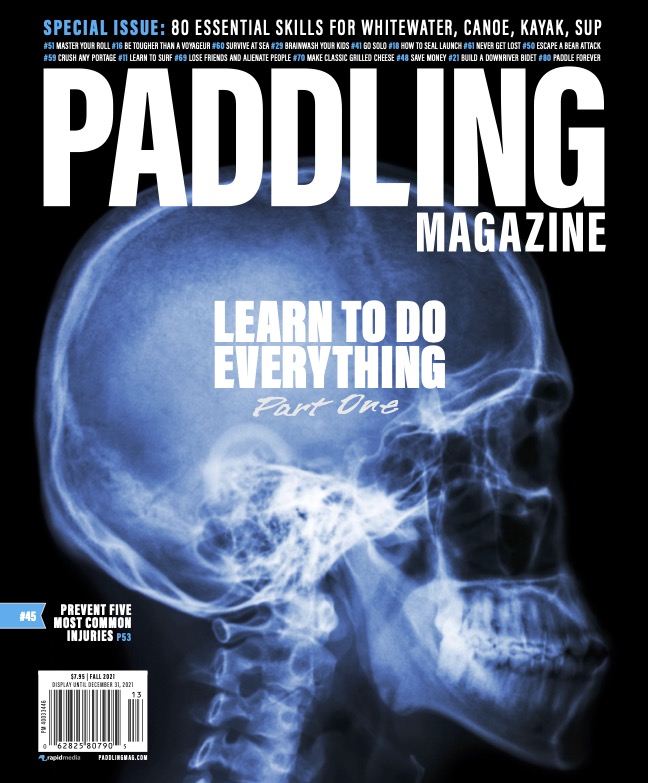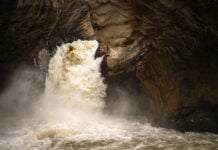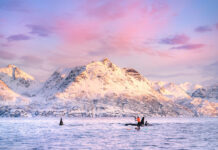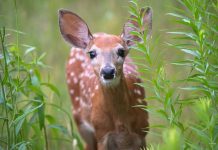As more and more visitors try to capture that once-in-a-lifetime photo, some have little regard and respect towards the wildlife being photographed. The ethical engagement of wildlife photography ensures an animal’s natural behavior remains intact, allowing for a natural wildlife experience for the viewer while ensuring that being photographed doesn’t stress the animal.
Stressed animals may abandon their young, avoid a prime feeding area in the future or simply waste valuable energy trying to avoid a photographer. This can mean life or death. Use these do’s and don’ts for the best photography experience possible, for you and your subject.
5 do’s for wildlife photography
1 Do watch for clues you’ve been detected
Signs of this include the animal stops feeding or walks away, stares in your direction, moves its ears forward or straight back, or stomps the ground. If you are causing the animal stress, it’s time to leave.
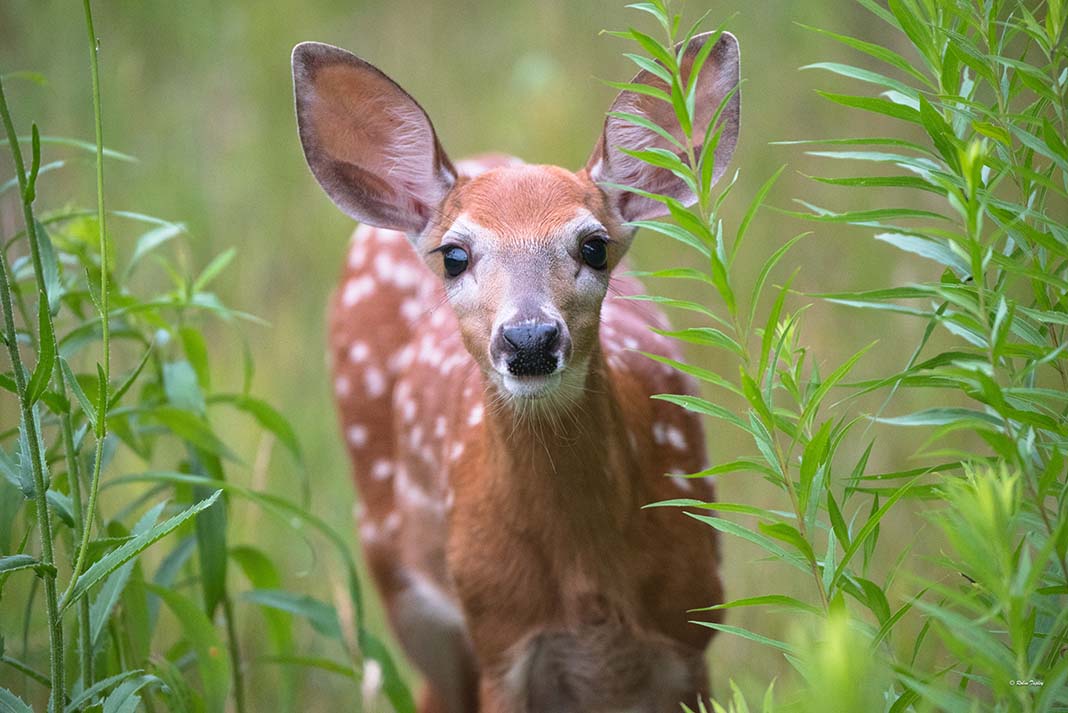
2 Do use a canoe or kayak
Traveling by paddle allows a photographer to access a variety of unique habitats with a stealth-like approach and ability to watch and listen from a safe distance. The boat becomes the photographer’s floating office, whether tethered to a snag, anchored in a wetland or drifting silently across a lake. Be aware that your paddle blade can flash in the sun with each stroke, which could alert an animal to your presence.
3 Do fit in with your surroundings
Utilize natural cover or a blind, and avoid damaging vegetation. Dress appropriately and blend in to the natural environment, then use your binoculars to study the distant shorelines. Watch for any movement, like an ear twitching or branches swaying, and listen for twigs snapping and sounds of scratching or feeding.
4 Do your research
Many species will utilize different habitats depending on the season, so understanding an animal’s behavior, feeding and mating patterns will help you to be in the right place at the right time. Once you have the knowledge of your target species’ behavior and habitat, patience, perseverance and dedication are your best assets.
5 Do learn the art of seeing
Observe by moving your eyes slowly across the horizon and avoid sudden head movements. Slow the process down and use all your senses. Wildlife is generally more active during the early morning and in late afternoon. Not only is this prime time to observe animals, the lighting can be excellent.
2 don’ts for wildlife photography
1 Don’t use food
Baiting to attract animals into your photos changes their natural behavior and feeding patterns. It can also habituate the animal to associate human scent with food, drawing it to campsites, roadways and populated areas, which is dangerous for the animal.
2 Don’t try to get as close as possible
If an animal is getting too close to you, avoid surprising or startling wildlife with a small amount of movement to alert them to your presence. Most animals are wary of humans. Don’t crowd them or harass them by purposely making sounds to get their attention. Stay clear of dens and nesting sites.
This article originally appeared in Paddling Magazine Issue 65. Subscribe to Paddling Magazine’s print and digital editions here, or download the Paddling Magazine app and browse the digital archives here.
Fun fact: Time Magazine ranked Disney’s 1942 animated feature film Bambi as one of the top 10 saddest kids movies ever made. | Feature photo: Robin Tapely



